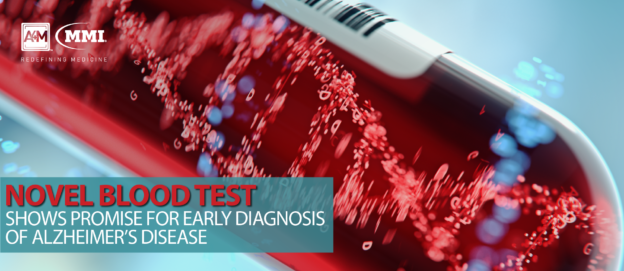Several types of medications have been linked to mild cognitive impairment and Alzheimer’s disease (AD) risk in older patients over the years. A growing body of evidence points to drugs with anticholinergic effects as particularly dangerous for certain patient demographics. Emerging results from a recent study indicate that there may be a significant association between anticholinergic medications, AD biomarkers, and the incidence of mild cognitive impairment among cognitively normal older adults.
Anticholinergic Medications
Anticholinergic drugs have been widely used for a variety of medical conditions, ranging from allergies and the common cold to the treatment of hypertension. While certain anticholinergic medications require a prescription, others can be easily purchased over the counter.
This class of medications works by blocking acetylcholine, a neurotransmitter critical for memory function, from binding to receptors on certain nerve cells thereby inhibiting parasympathetic nerve impulses, which underlie involuntary muscle movements and bodily functions.
Examining the Relationship
A team of researchers aimed to determine whether there were any cognitive consequences of anticholinergic medications (aCH) among a group of cognitively normal older patients and whether the interactive effects of genetic and cerebrospinal fluid (CSF) Alzheimer’s disease (AD) risk factors had any influence.
Led by Alexandra Weigand at the UC San Diego School of Medicine, the team of researchers assessed 688 cognitively normal participants from the Alzheimer’s Disease Neuroimaging Initiative with a mean age of 73.5 years. None of the participants presented with any cognitive or memory problems at the time of study inception. Approximately one-third of patients was taking anticholinergic medications with an average of 4.7 aCH drugs per person. The study’s authors administered comprehensive cognitive tests annually for all participants.
Cox regression models were used to examine the risk of progression to mild cognitive impairment (MCI) over a 10-year period, while linear mixed effects models were utilized to evaluate 3-year rates of memory, executive, and language function as related to anticholinergic medication administration.
Association of Anticholinergic Drugs with AD and MCI
According to the study’s findings published in Neurology, participants with AD biomarkers who were taking anticholinergic medications were up to four times more likely to develop mild cognitive impairment than those lacking biomarkers and not taking aCH drugs. Similarly, participants who were at a genetic risk for Alzheimer’s disease who took anticholinergic medications were up to 2.5 times more likely to develop MCI than those without genetic risk factors who were not taking the medications.
Further, linear mixed effects models found that anticholinergic medications predicted a steeper slope of decline in memory and language functions. This was especially true for participants with AD risk factors, in which the effects were exacerbated.
Researchers believe that the association acts in a “double hit manner” :”In the first hit, Alzheimer’s biomarkers indicate that pathology has started to accumulate in and degenerate a small region called the basal forebrain that produces the chemical acetylcholine, which promotes thinking and memory. In the second hit, anticholinergic drugs further deplete the brain’s store of acetylcholine.” Overall, the combined effect can have a severe impact on a patient’s thinking and memory.
Clinical Implications
The latest findings implicate an increased risk of incident MCI and cognitive decline as related to anticholinergic medications with effects significantly exacerbated in patients with existing genetic risk factors and CSF-based biomarkers. These results “underscore the adverse impact of these drugs on cognition and the need for deprescribing trials, particularly among individuals with elevated risk for AD,” the study’s authors wrote, emphasizing the importance of further evaluation to determine whether reductions in drug usage can lead to reductions in MCI progression.
However, the researchers also noted that anticholinergic medications were being taken at levels much higher than the lowest effective dose recommended for older patients; 57% of participants were taking twice the recommended dosage while 18% were taking at least four times the recommended dose.
As the findings suggest, reducing anticholinergic drug consumption may help delay age-related cognitive decline. According to senior author and associate professor at the UC San Diego School of Medicine Lisa Delano-Wood, PhD, the latest study “suggests that reducing anticholinergic drug use before cognitive problems appear may be important for preventing future negative effects on memory and thinking skills, especially for people at greater risk for Alzheimer’s disease.”
While the current evidence indicates a clear association between anticholinergic medications and cognitive effects, further research efforts are needed to determine whether these agents are able to accelerate cognitive changes or lead to the development of Alzheimer’s disease and other neurodegenerative disorders.



